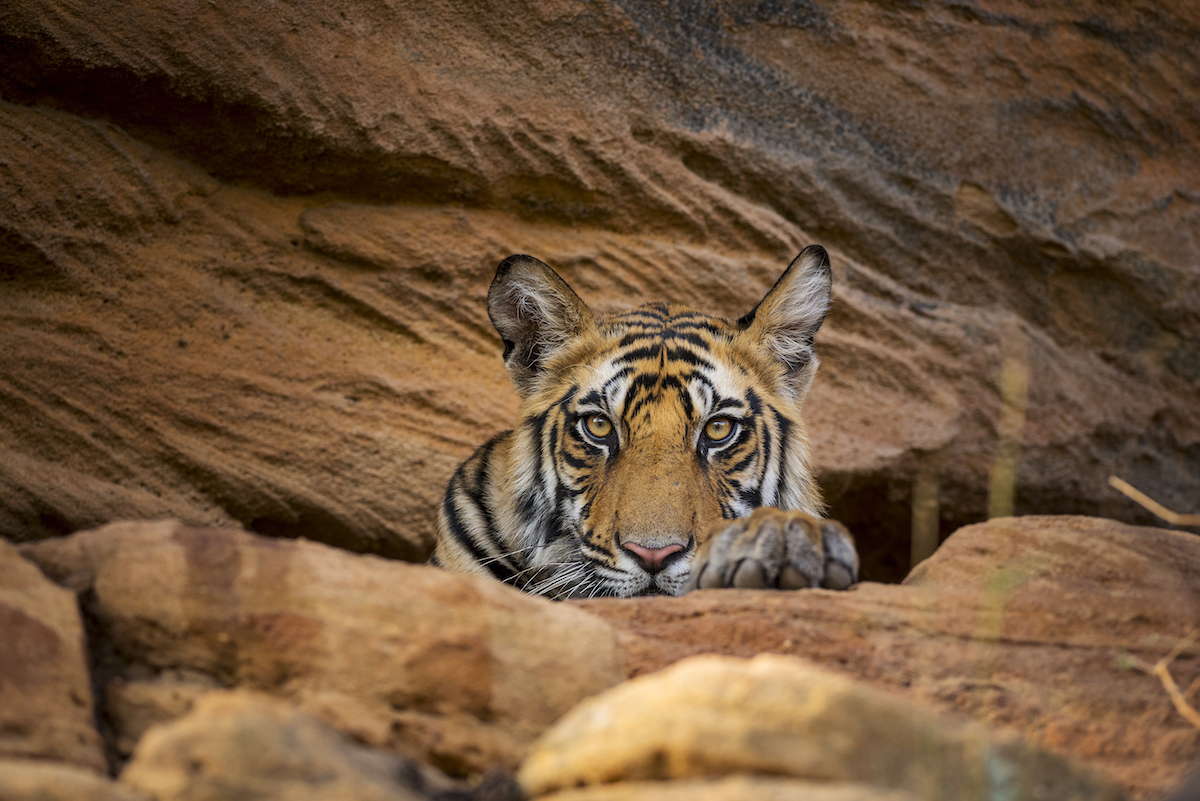It was his presidency of the Royal Geographic Society what done it, as the English say.
That, and the James Joyce Award, bestowed by Dublin, Ireland’s Literary and Historical Society, not to mention the Livingstone Medal from the Royal Scottish Geographical Society, and — just so the (ex) colonies aren’t shut out entirely — a gold medal for achievement(s) in geography from the Royal Canadian Geographical Society.
Also, by all accounts he’s a swell guy, judging from his self-description as being a man of “amenable, conciliatory character.”
Perhaps this charter member of Monty Python’s Flying Circus troupe can wear the mantle of “Sir Michael” after all, despite being a willing participant in some of Monty Python’s most irreverent — and anti-establishment — sketches, including the Lumberjack song (“I’m a lumberjack and I’m OK; I sleep all night and I work all day” / [chorus] “He’s a lumberjack and he’s OK; he sleeps all night and he works all day”) and the Parrot sketch, arguably Monty Python’s most famous — certainly the most readily quoted — sketch, inspired by Michael Palin’s trip to an auto mechanic who refused to accept there was a problem with his car.
In my previous life as an entertainment-industry reporter, I talked to Palin a couple of times — most notably when he was promoting Sahara, his 2002 BBC docuseries account (film and book, both) of his transect of the Sahara Desert, “meeting people and visiting places.” There was the pink touring bus in Libya, his remark on revisiting Tunisia that this is where he was crucified (in Life of Brian, filmed in part in Tunisia 12 years earlier), and his sheepish admission that his Sahara expedition almost ended before it began, when he twisted his ankle while playing a pick-up game of beach soccer with street urchins in Morocco. When I asked him about possible future expeditions, in 2003, he seemed ready to admit that, at age 58 and with considerable prodding from his wife of 37 years and growing objections from BBC’s in-house travel insurance advisor, it was perhaps not a good idea to keep returning to war zones for the sake of a TV show.
(How to stay married for 49 years, Palin told The Telegraph in 2015: “Sex has nothing to do with it.” How English!)
Why not follow in the footsteps of the early English explorers’ search for the source of the Nile, I suggested. I’m sure Sudan is a safe place to travel, BBC camera crew in tow, I told him. As for Uganda, how bad can the Lord’s Resistance Army be? They’re with the Lord! They’re doing the Lord’s work, where it’s most needed — in the wetlands of northern Uganda and South Sudan. Your wife would be thrilled. I suggested.
Once a Python, always a Python: He laughed.
He never did do Search for the Nile, but he still racked up the travel miles, camera crew in tow: the Himalayas in 2004, “new Europe” in 2007, Brazil in 2012, and this past year, North Korea.
He admitted his fellow ex-Pythons were somewhat mystified by his sudden post-Python wanderlust: In their eyes, truth be told, it was kind of weird.
No matter. Fast-forward to the New Years Honours list, the 2019 edition, when Palin, already made a CBE in the year 2000 (Commander of the Most Excellent Order of the British Empire), became the first member of the Monty Python comedy troupe to be given the full knighthood. Sir Michael it is, then. Palin, now 75, was knighted for his services to travel, culture and geography, and for being a global “Ambassador for Britain.”
Palin took the honour with characteristic British understatement. What, you were expecting him to go the full Mick Jagger? (When the Mick became Sir Michael Phillip Jagger, knighted for his 40 years of service to popular music at Queen Elizabeth II’s official birthday bash at Buckingham Palace in 2002, Rolling Stones biographer Philip Norman sniffed, “Jagger does not deserve a knighthood.”)
The Queen personally avoided bestowing Sir Mick with the honour, because she believed him an inappropriate candidate for the honour, owing to his anti-establishment views — or so it was said at the time.
The Monty Python comedy troupe wasn’t exactly pro-establishment in its day, but that geography thing — Pole to Pole in 1992, Around the World in 80 Days in 1992, going Full Circle around the Pacific in 1997, following in the footsteps of Ernest Hemingway in Hemingway Adventure in 1999 — helped tip the scales of atonement for his sins of irreverence during the Python years.
After learning that he had made the Queen’s New Year Honours list, Sir Michael hinted to the BBC that he’s getting a little old to trash a hotel room, Mick-style.
Instead, he told the Beeb, he may “just have a quiet celebration, just myself and a glass of Horlicks, and then go to bed.”
Horlicks, for those not in the know, is a malted hot drink developed in the early 20th century by founders James & William Horlick and sold as “Horlick’s Infant and Invalids Food,” with “Aged and Travellers” added to the label later.
Don’t buy this “Ready for Retirement” act for a second, though. Sir Michael always knew the value of a good sound bite.
Instead, look to an admission made earlier in his career — but not so long ago that it’s forgotten by now — when he said, “Once the travel bug bites there is no known antidote, and I know that I shall be happily infected until the end of my life.”
There are some miles to go yet on that particular road. Think of it as a road less travelled.
“I enjoy writing, “ he wrote in Michael Palin, Diaries 1969-1979: The Python Years. “I enjoy my house, my family and, more than anything I enjoy the feeling of seeing each day used to the full to actually produce something. The end.”

















































































































